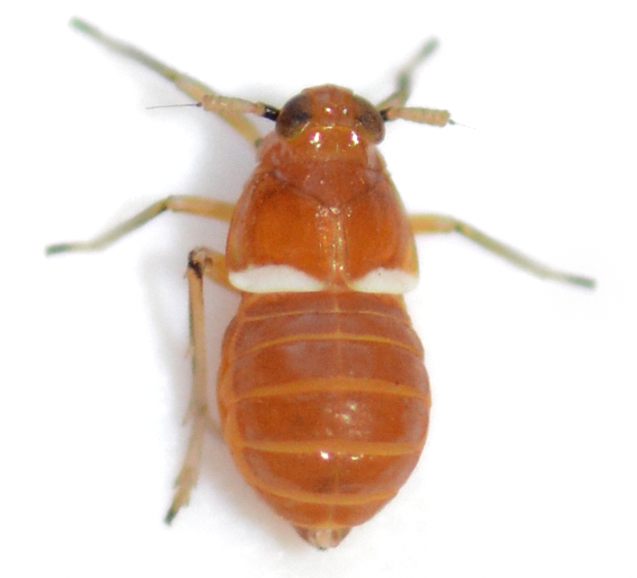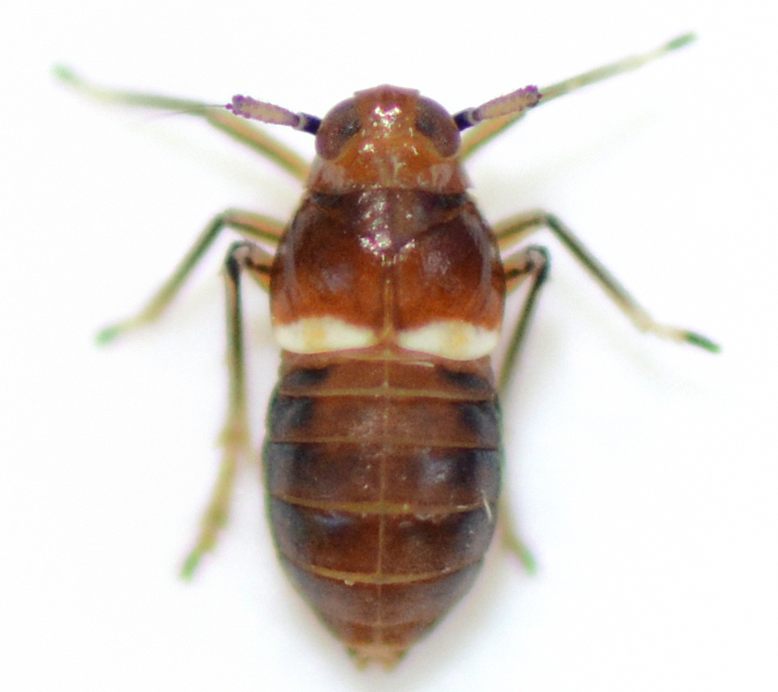Species Photo Gallery for Pissonotus binotatus No Common Name 21 |
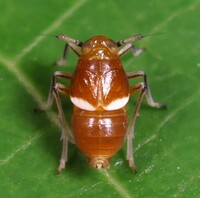 | Photo by: Rob Van Epps
Mecklenburg Co.
Comment: Caught sweeping in grassy area near woods. |  | Photo by: Rob Van Epps
Mecklenburg Co.
Comment: Caught sweeping in grassy area near woods. |
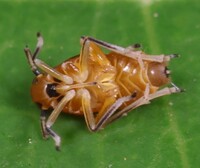 | Photo by: Rob Van Epps
Mecklenburg Co.
Comment: Caught sweeping in grassy area near woods. | 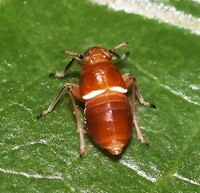 | Photo by: Rob Van Epps
Mecklenburg Co.
Comment: Caught sweeping in grassy area along greenway. |
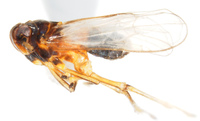 | Photo by: unknown
Swain Co.
Comment: UDCC_TCN 00005712rnmalernphotos provided by C.R. Bartlett |  | Photo by: unknown
Swain Co.
Comment: UDCC_TCN 00005712rnmalernphotos provided by C.R. Bartlett |
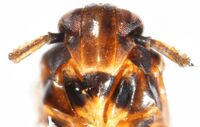 | Photo by: unknown
Swain Co.
Comment: UDCC_TCN 00005712rnmalernphotos provided by C.R. Bartlett | 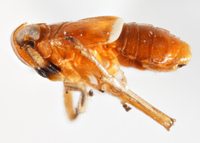 | Photo by: unknown
Out Of State Co.
Comment: malernphotos provided by C.R. Bartlett |
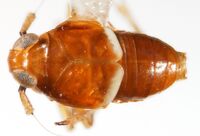 | Photo by: unknown
Out Of State Co.
Comment: malernphotos provided by C.R. Bartlett |  | Photo by: unknown
Out Of State Co.
Comment: malernphotos provided by C.R. Bartlett |
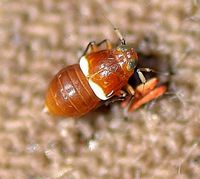 | Photo by: Paul Scharf
Warren Co.
Comment: Caught Sweeping |  | Photo by: Kyle Kittelberger, Brian Bockhahn
Cumberland Co.
Comment: attracted at night with a light |
 | Photo by: Kyle Kittelberger, Brian Bockhahn
Cumberland Co.
Comment: attracted at night with a light |  | Photo by: Kyle Kittelberger, Brian Bockhahn
Cumberland Co.
Comment: attracted at night with a light |
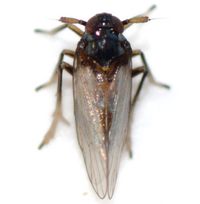 | Photo by: Kyle Kittelberger, Paul Scharf
Beaufort Co.
Comment: grassy, brushy habitat in a pine dominated forest; 5 long-winged adults | 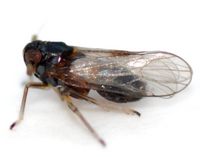 | Photo by: Kyle Kittelberger, Paul Scharf
Beaufort Co.
Comment: grassy, brushy habitat in a pine dominated forest; 5 long-winged adults |
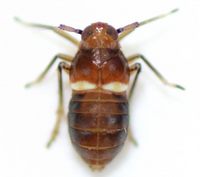 | Photo by: Kyle Kittelberger, Paul Scharf
Beaufort Co.
Comment: grassy, brushy habitat in a pine dominated forest | 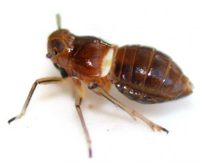 | Photo by: Kyle Kittelberger, Paul Scharf
Beaufort Co.
Comment: grassy, brushy habitat in a pine dominated forest |
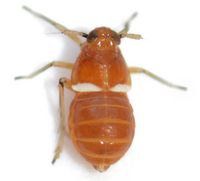 | Photo by: Kyle Kittelberger, Paul Scharf
Beaufort Co.
Comment: grassy, brushy habitat in a pine dominated forest | 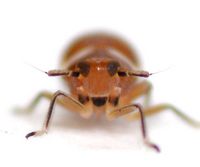 | Photo by: Kyle Kittelberger, Paul Scharf
Beaufort Co.
Comment: grassy, brushy habitat in a pine dominated forest |
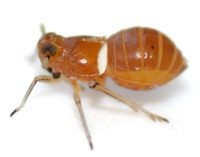 | Photo by: Kyle Kittelberger, Paul Scharf
Beaufort Co.
Comment: grassy, brushy habitat in a pine dominated forest |

 »
»